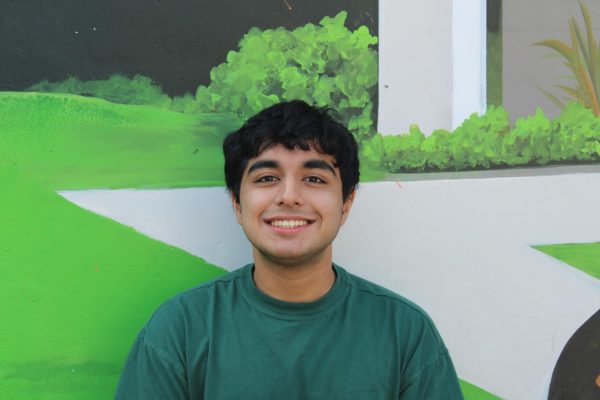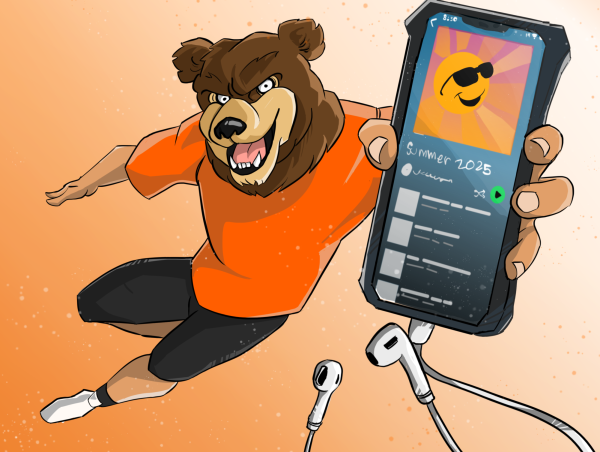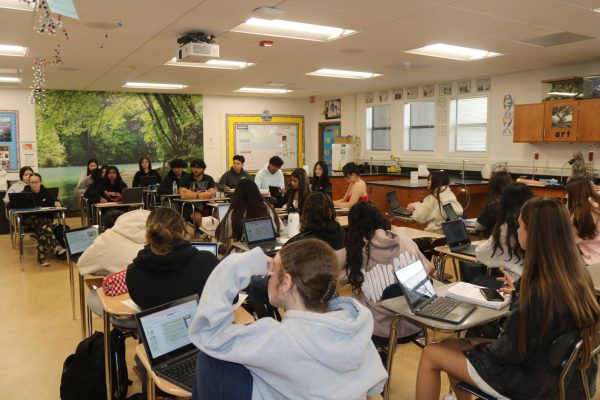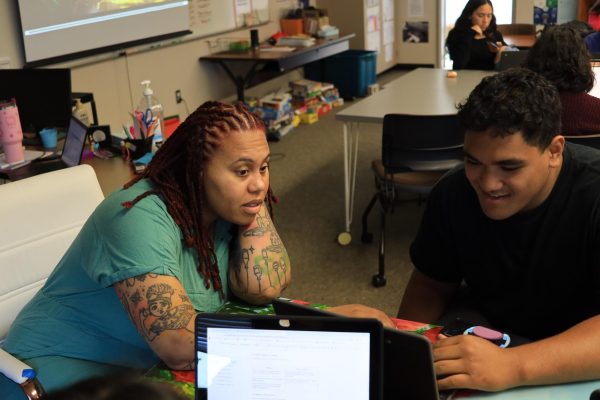Changes in lunchtime procedures aimed to ease congestion in commons
Cal High is no Michelin Star restaurant. It has long lines, unknown chefs and odd milk.
But since the school year has started, it has undergone numerous changes.
California has become the first state to provide free lunches for every student after passing the California Universal Meal Program. Assembly Bill 130 was signed into law by Gov. Gavin Newsom and went into effect in the 2022-23 school year.
The $700 million program funds a variety of free meals to all students, plus upgrades to the kitchen infrastructure.
Prior to this program, free meals were available at Cal in the 2021-22 school year as the result of a preliminary state-funded program that allocated $650 million so the state could provide students with free meals during their first year back from COVID-19 quarantine.
The school has also brought back the old keypad system that existed prior to COVID-19. This system wasn’t used last school year to prevent the spread of physical contact on campus.
The implementation of the keypad system is an abrupt change to many, but administrators believe it is necessary, to keep track of the number of meals being served.
“This is a state thing, so that’s why we input [these rules] for us,” said Elaine Esguerra, the San Ramon Valley Unified School District child nutrition manager. “To be able to provide free meals for the students, we need to account for how many students we are serving.”
Because of these new rules, the wait time and the length of lunch lines have increased leading many students to complain about not getting a school lunch on time or at all.
“I haven’t actually gotten lunch for the past three days, because they keep running out, so I just get a milk carton,” junior Maheen Shafi said.
The system also led to severe congestion of students in the commons trying to get food.
“The keypads are fine but it would be better if they could make a faster way [to get lunch],” freshman Akshay Madivanan said.
Then, improvements were made to alleviate these issues.The new plan, which began on Sept. 22, created two lines of students, one for those getting food and one for those finding seating. Students now use different doors depending on what they’re doing. Two other doors are dedicated exits.
Before, there was just one line to enter the commons for seating or getting food, and one line to exit.
“The change we made was to have the people who are dining in [the commons], who are mostly seniors, be able to easily go in there and find a seat,” assistant principal Jeff Osborn said.
But more problems ensued when students used the new door to cut the line.
“We had some people going through the same door as those seniors went through and cutting in line,” Osborn said.
After the implementation of the new program, the demands for meals increased.
“Compared to pre-pandemic, demand rose,and approximately 900 more meals were being served,” Osborn said.
Free food for all students was great . But there were noticeable downsides, like the quality of the food.
Most meals served last year were prepackaged and microwaved because of the kitchens being out of order due to construction.
“Dining was also closed off in the commons during that [2021-22 school] year,” Osborn said.
This year, however, the food seems to be better.
As for the 2020-21 school year, Cal had to accommodate the COVID-19 outbreak and was forced to shut down for a semester. This also meant that students could no longer receive food from the cafeteria.
During the second semester of the 2020-21 school year, a hybrid program was introduced. Students who wished to go in person were able to, but this meant that the school had to provide them with meals.
Prior to the pandemic, the variety of food and the price to pay were all very different.
“Three years ago, in 2019 the cafeteria provided Subway, Korean BBQ, and other meals,” Osborn said. “However, this was pre-pandemic, when students had to pay for their lunches.”

Senior Zaki Humayun is returning for his second year as a writer for The Californian. When he's not busy writing the best stories known to mankind, he's...



